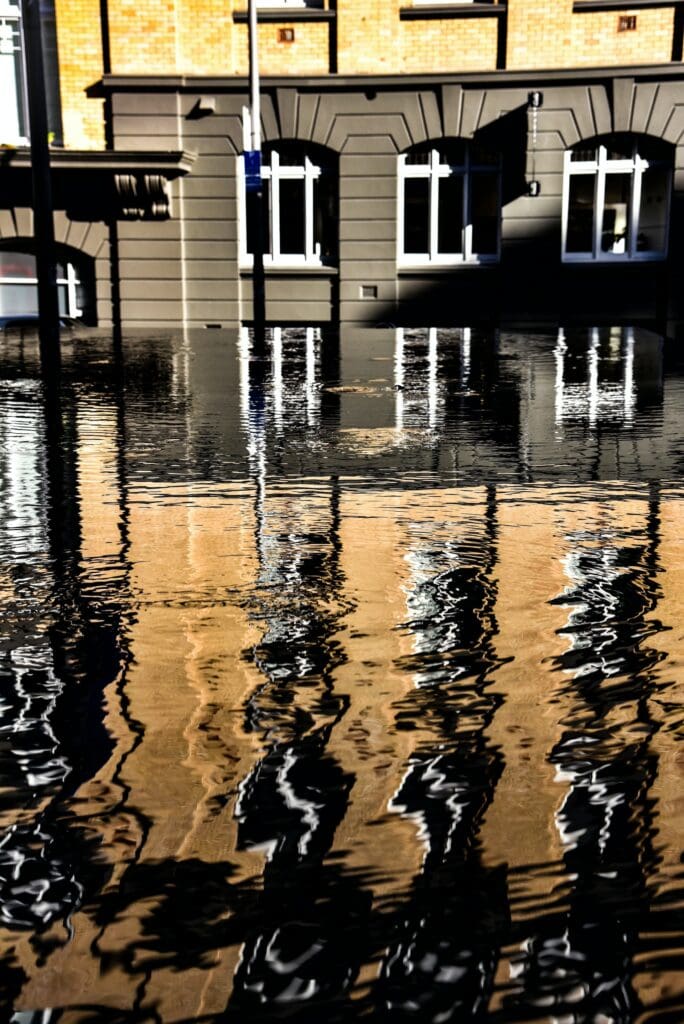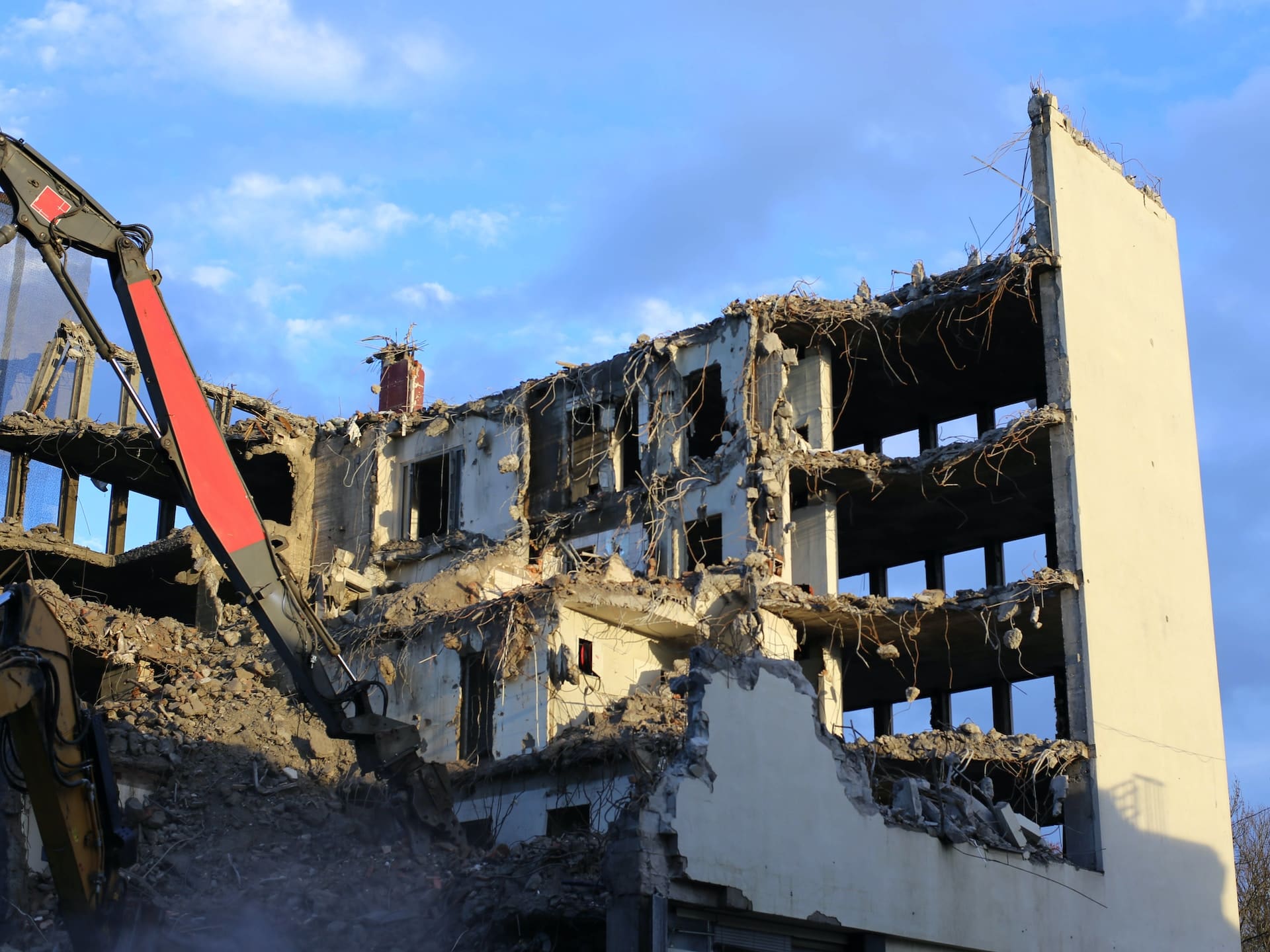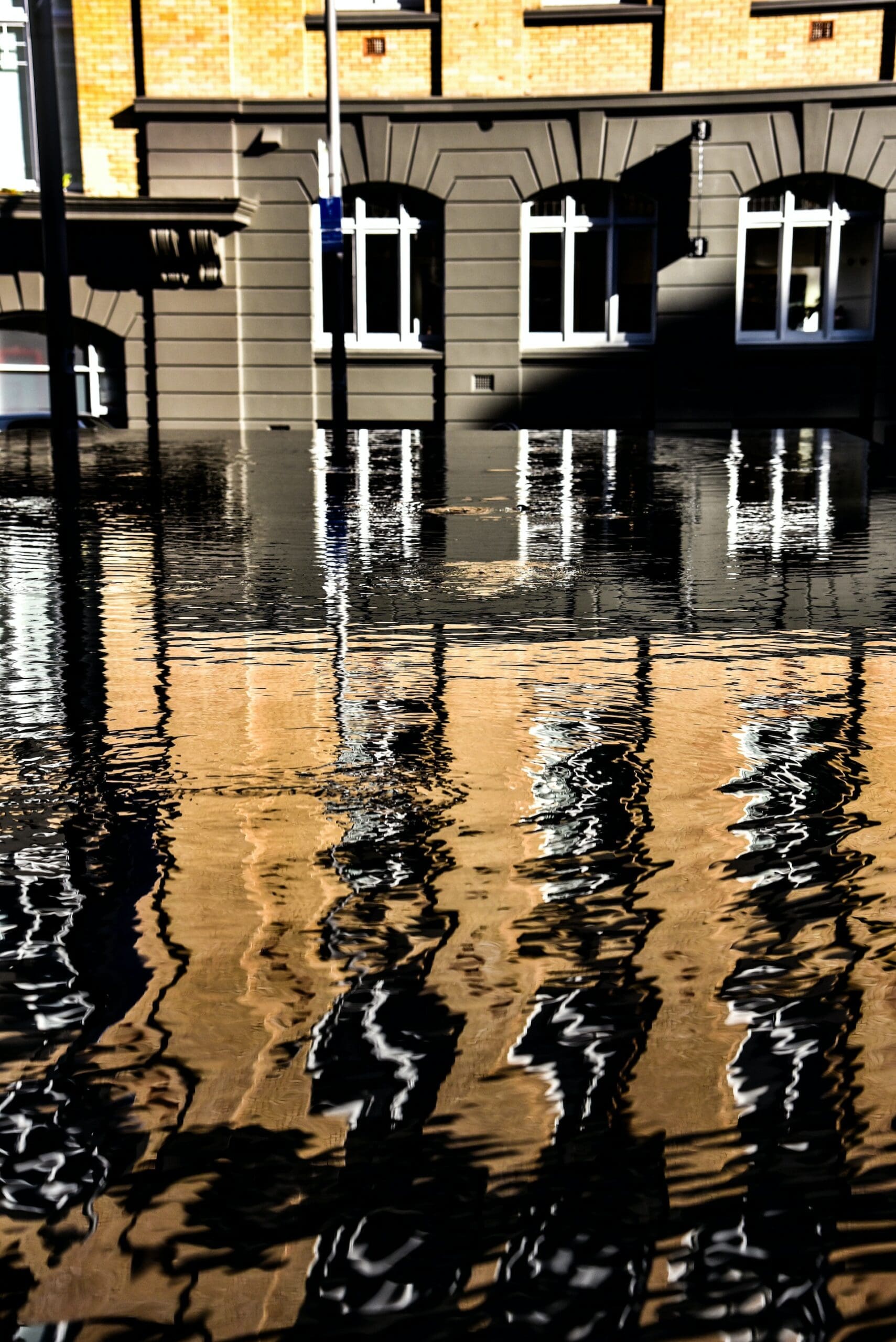Water damage is a common problem that can occur in any home or building. Whether it’s from a leaky roof, burst pipes, or flooding, water damage can be costly and dangerous. While the immediate damage may be visible and obvious, such as soaked carpets and ruined furniture, the long-term effects can be more insidious and hazardous.
Mold and Mildew
One of the most significant dangers of water damage is mold and mildew growth. Mold and mildew thrive in damp environments and can begin to grow within 24-48 hours of water damage. Not only can mold and mildew cause significant structural damage to a building, but they can also pose a serious health risk to those who are exposed to them.
Mold and mildew spores can cause respiratory issues, allergic reactions, and even neurological problems. In some cases, prolonged exposure to mold and mildew can lead to chronic illness or even death. Individuals with pre-existing respiratory conditions, such as asthma, are at a higher risk of experiencing adverse health effects from mold and mildew exposure.
Structural Damage
Water damage can also cause significant structural damage to a building. The moisture from water damage can weaken and rot the wood in the structure, causing it to become brittle and unstable. This can lead to serious problems, such as collapsing ceilings and walls.
Additionally, water damage can also damage electrical systems, leading to fire hazards and electrocution risks. Water can cause electrical appliances to malfunction, and exposed wiring can also pose a significant risk to individuals in the affected area.
Pest Infestation
Another hidden danger of water damage is the increased risk of pest infestations. Damp environments provide the perfect breeding ground for pests such as termites, cockroaches, and rodents. These pests can cause additional damage to a building and pose health risks to those who live or work there.
Termites are particularly problematic as they feed on the wooden structures of buildings, exacerbating the structural damage caused by water damage. Cockroaches and rodents can also spread diseases and bacteria, causing health problems for the inhabitants of the building.
Health Risks
In addition to the health risks associated with mold and mildew exposure, water damage can also lead to other health problems. Standing water can become a breeding ground for bacteria and viruses, leading to illnesses such as gastroenteritis and hepatitis A.
Individuals who come into contact with contaminated water are at risk of developing skin infections and other illnesses. Children, pregnant women, and individuals with weakened immune systems are particularly vulnerable to the health risks associated with water damage.
Prevention and Remediation
Preventing water damage is the best way to avoid these hidden dangers. Regular building inspections can help identify potential problem areas before they become serious issues. Additionally, ensuring that buildings are properly ventilated and that leaks are promptly repaired can help prevent water damage from occurring.
In the event of water damage, it’s essential to act quickly to prevent further damage and mitigate the risks. This may involve removing standing water, drying out affected areas, and disinfecting surfaces to prevent the growth of mold and mildew.
Professional water damage restoration services can provide effective and efficient remediation solutions for water damage. These services typically involve the use of specialized equipment, such as dehumidifiers and air movers, to dry out the affected areas and prevent further damage.
Conclusion
Water damage may seem like a minor inconvenience, but the hidden dangers associated with it can be severe and long-lasting. By taking steps to prevent water damage and promptly addressing any damage that does occur, we can protect ourselves and our buildings from the many hazards that come with water damage. Regular inspections, prompt repairs, and professional remediation services can help mitigate the risks associated with water damage and ensure the safety of building occupants.




